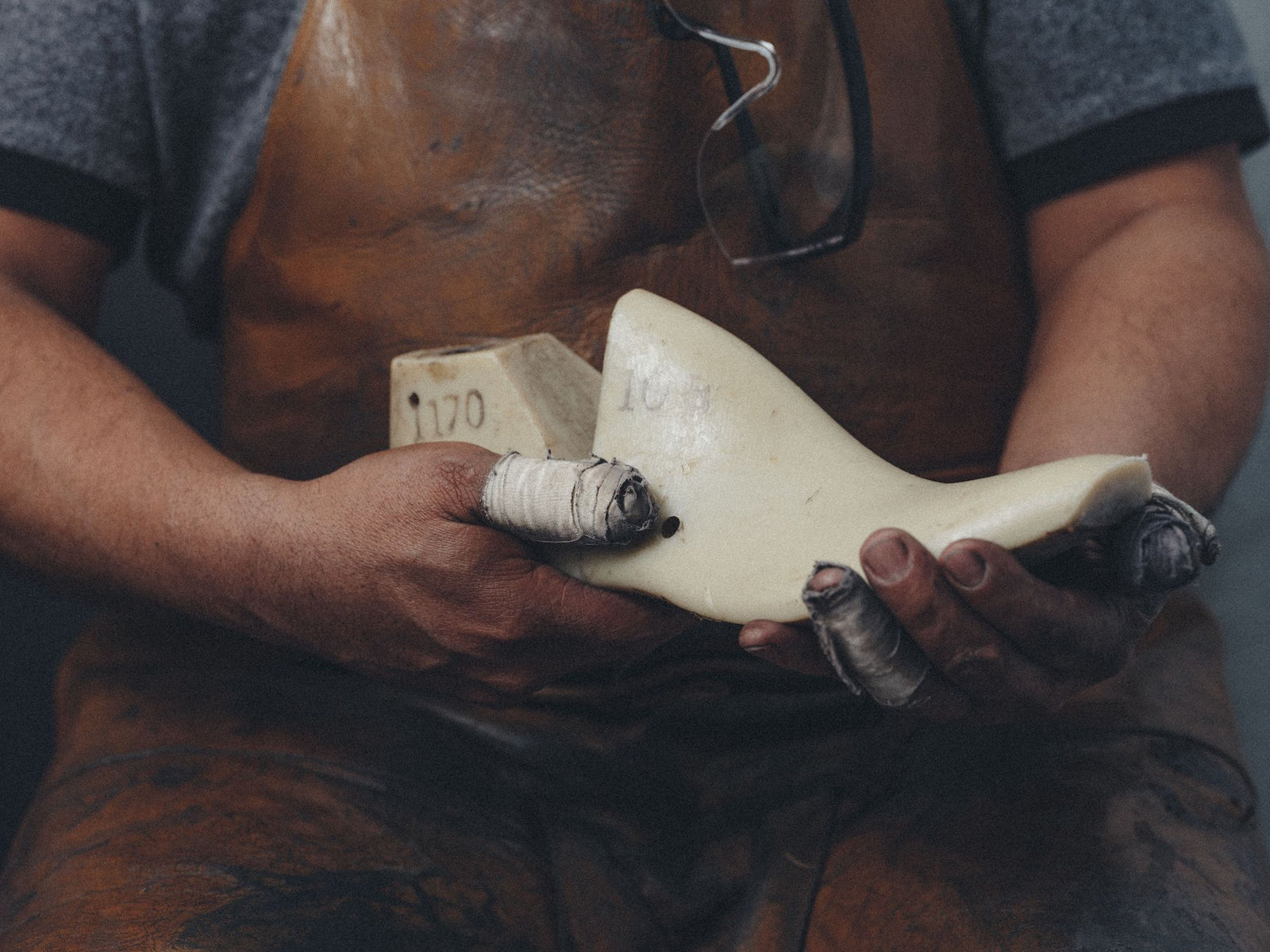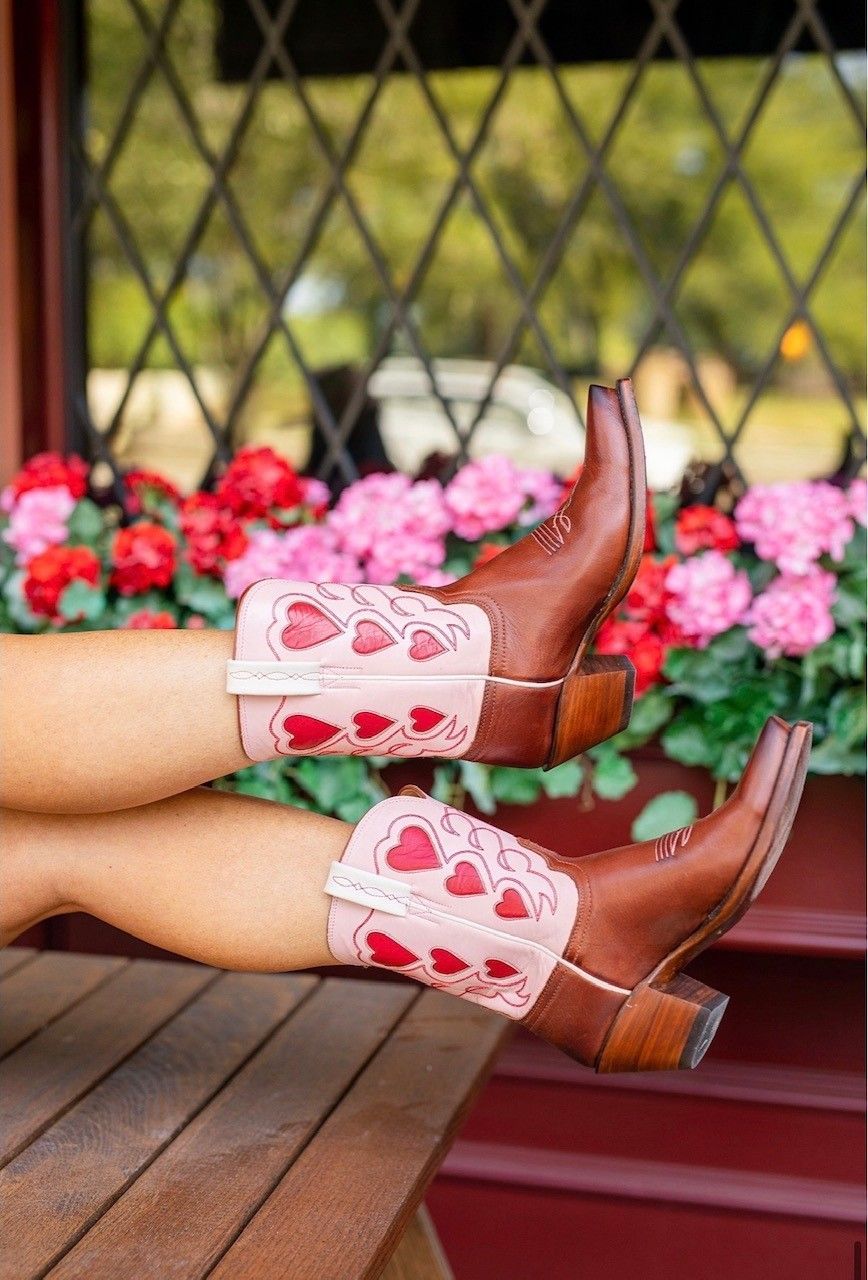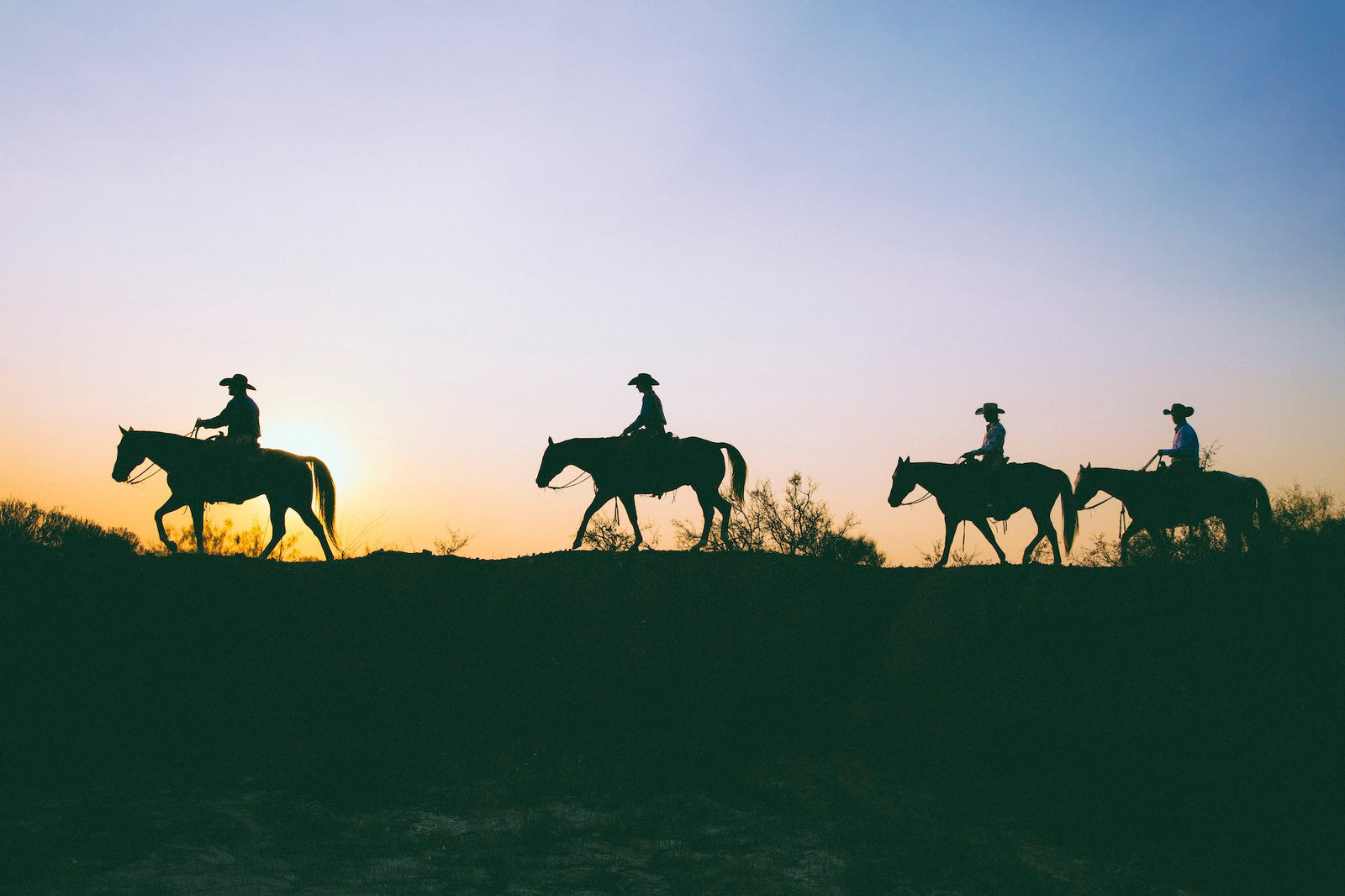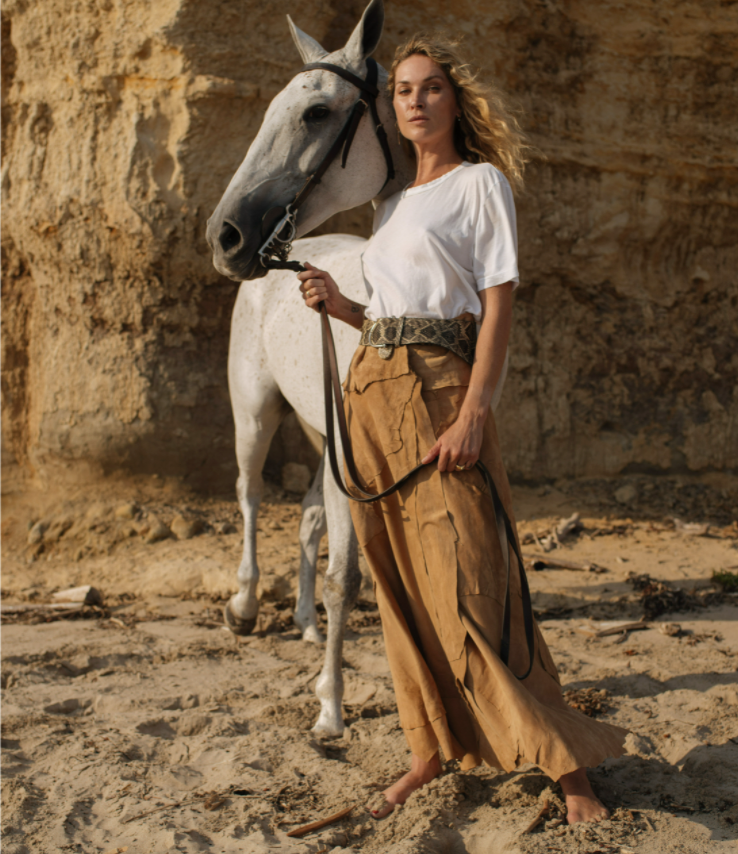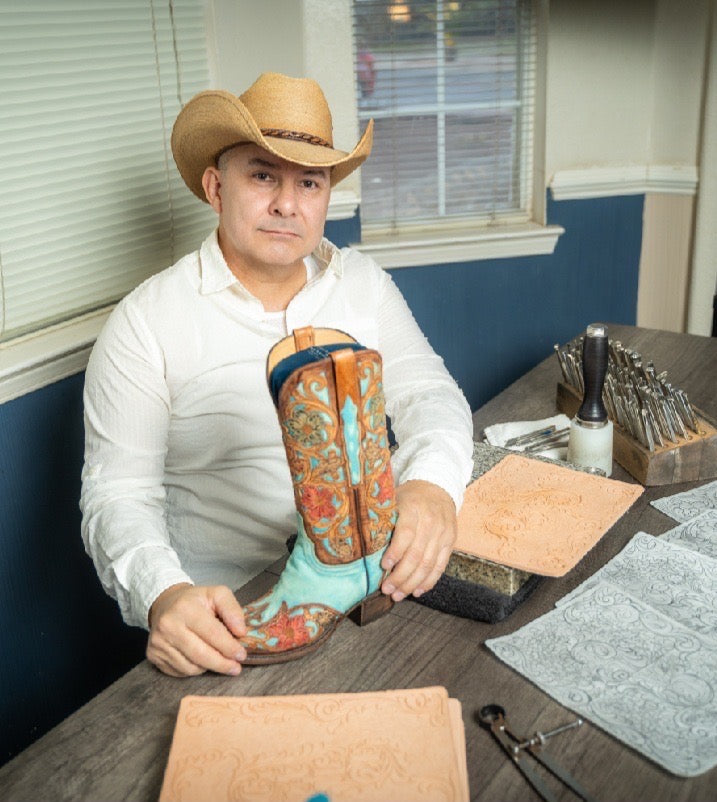
Making crocodile boots takes skill and requires attention to detail because every skin is different. Each pair will have a slightly different shade or hue; and the textures are always unique. Customers proudly wear their Lucchese boots, but it takes an entire team to make sure the boots are up to Lucchese’s standard of quality.
During our interview with Ricardo Barcenas, Lucchese’s Quality Control Manager, he spoke to us about the differences in crocodile leather and the level of craftsmanship it takes to work with this exotic leather. At Lucchese, we work with Nile Crocodile and Caiman crocodile leathers—both known for their durability and texture. But even within the crocodile family, there are subtle differences in the leathers. According to Ricardo, the difference between Caiman and Nile comes down to personal preference. “[Nile] has a cleaner look; [Caiman] has more pores that can add color to the boot.” The pores in Caiman leather add not only color, but dimension as well.
Ricardo explained to us in detail the standard of quality Lucchese looks for in crocodile leathers. “First, you need to look at color,” Ricardo tells us. All of the crocodile skins used for a specific style must match in color because they cannot be dyed or tanned again once they arrive at the factory. Color cannot be added to crocodile leather because the skin is not porous as ostrich leather, meaning crocodile leather will absorb less and bootmakers must work with what they receive.
“Second, we try to avoid holes, scars and any imperfections.” During the cutting process, bootmakers work around the scars and other imperfections of the leather. There are two types of crocodile leather: belly and the hornback. The belly is smooth to the touch, whereas the horns are slightly tougher. “With the belly, you can play more with the scars more. You can do less with the hornback leather.” says Ricardo.
After inspecting the quality of the leather, the production team will then match skins to ensure that boots in a pair look alike. This process is difficult with hornback leather because it’s a three dimensional leather. The horns from two different skins must match in size. “You cannot get a perfect match with crocodile leather. It’s a little easier with belly than hornback. It can never be perfect, but we get extremely close,” he explains.
Despite personal preference over Caiman and Nile crocodile leather, crocodile boots are timeless pieces for any wardrobe or cowboy boot collection. And the Lucchese production team works to make sure that no detail goes unnoticed when making crocodile boots, ensuring our customers the quality of their boots.
You can find Lucchese crocodile boots and other crocodile products here.


